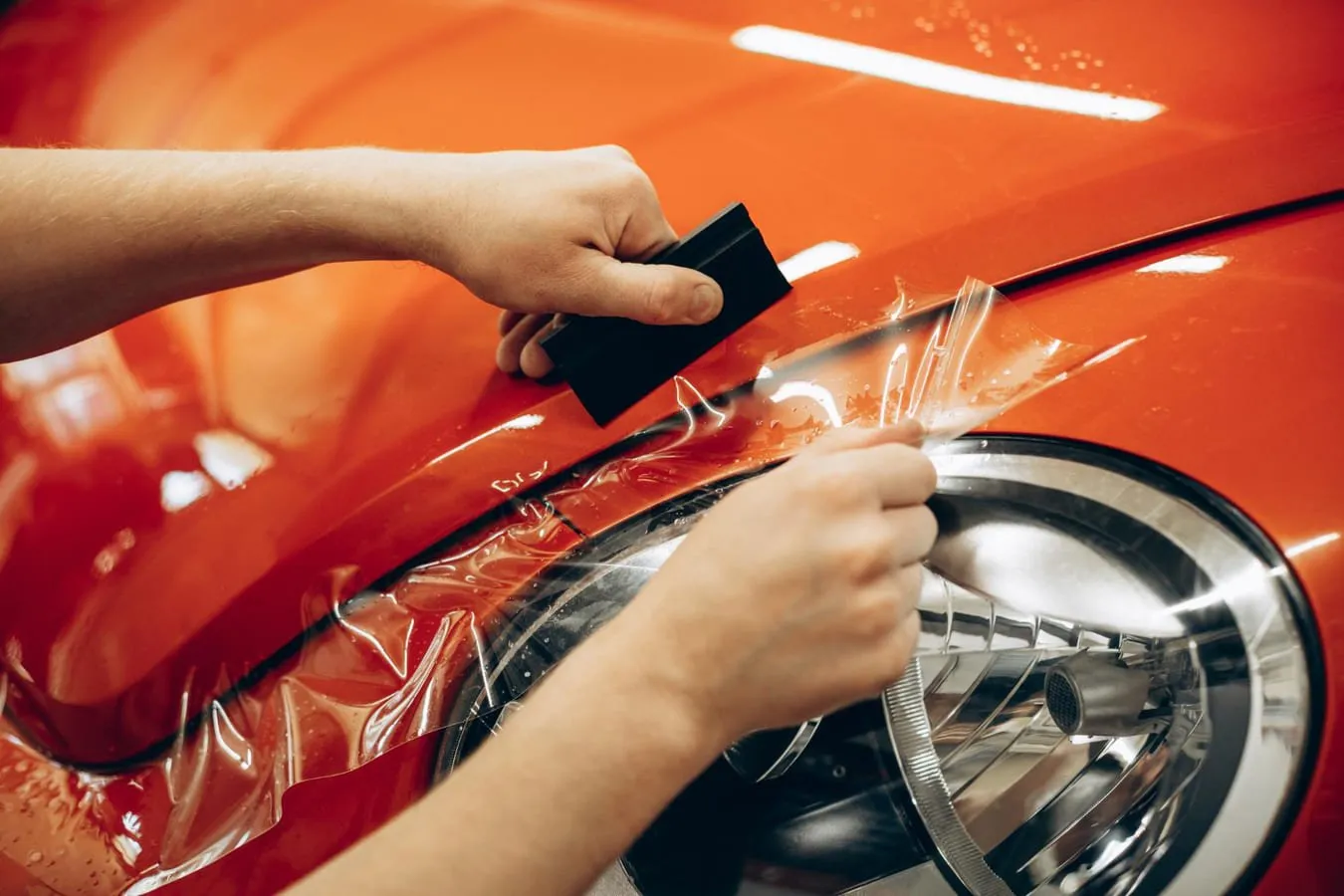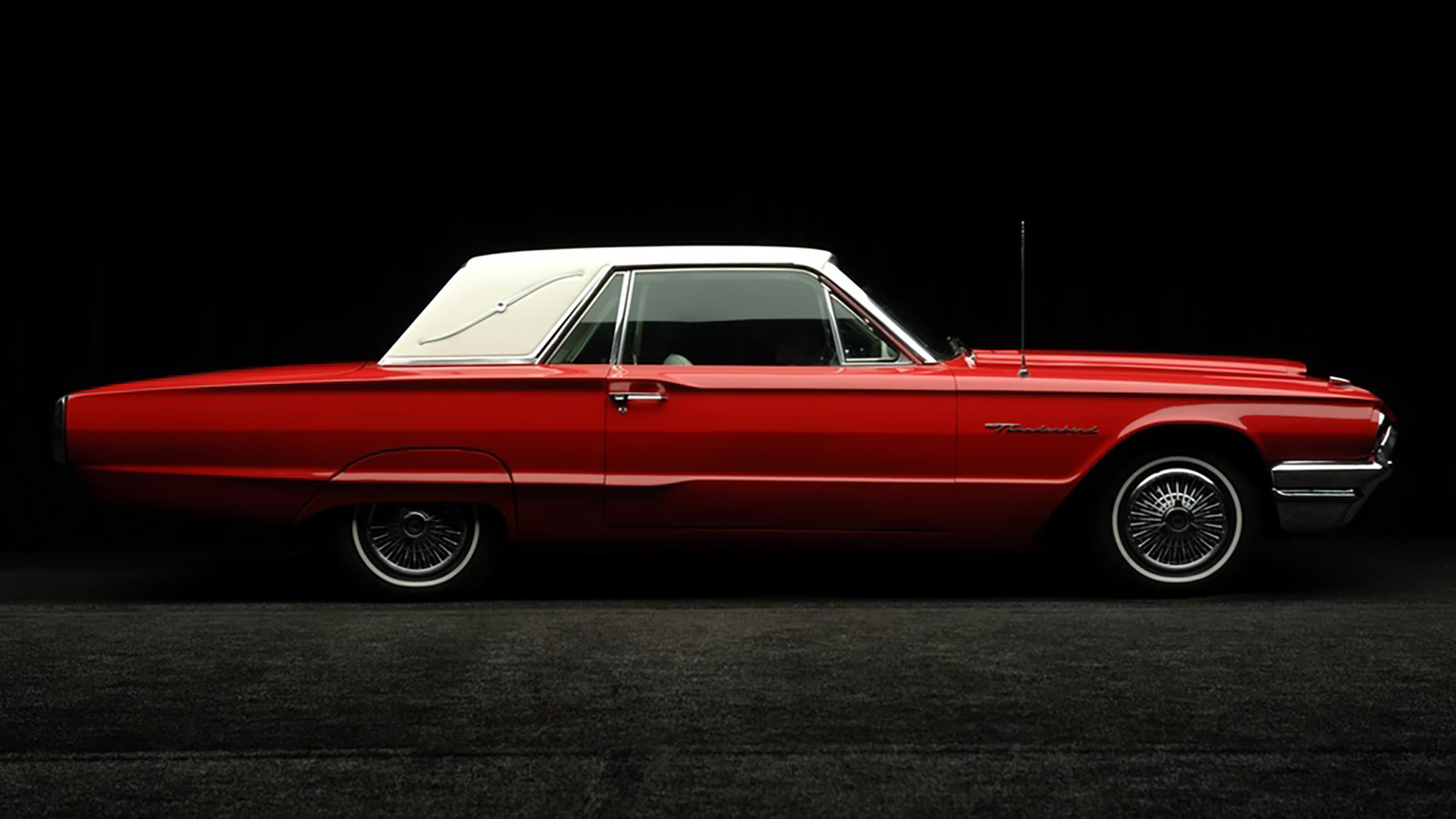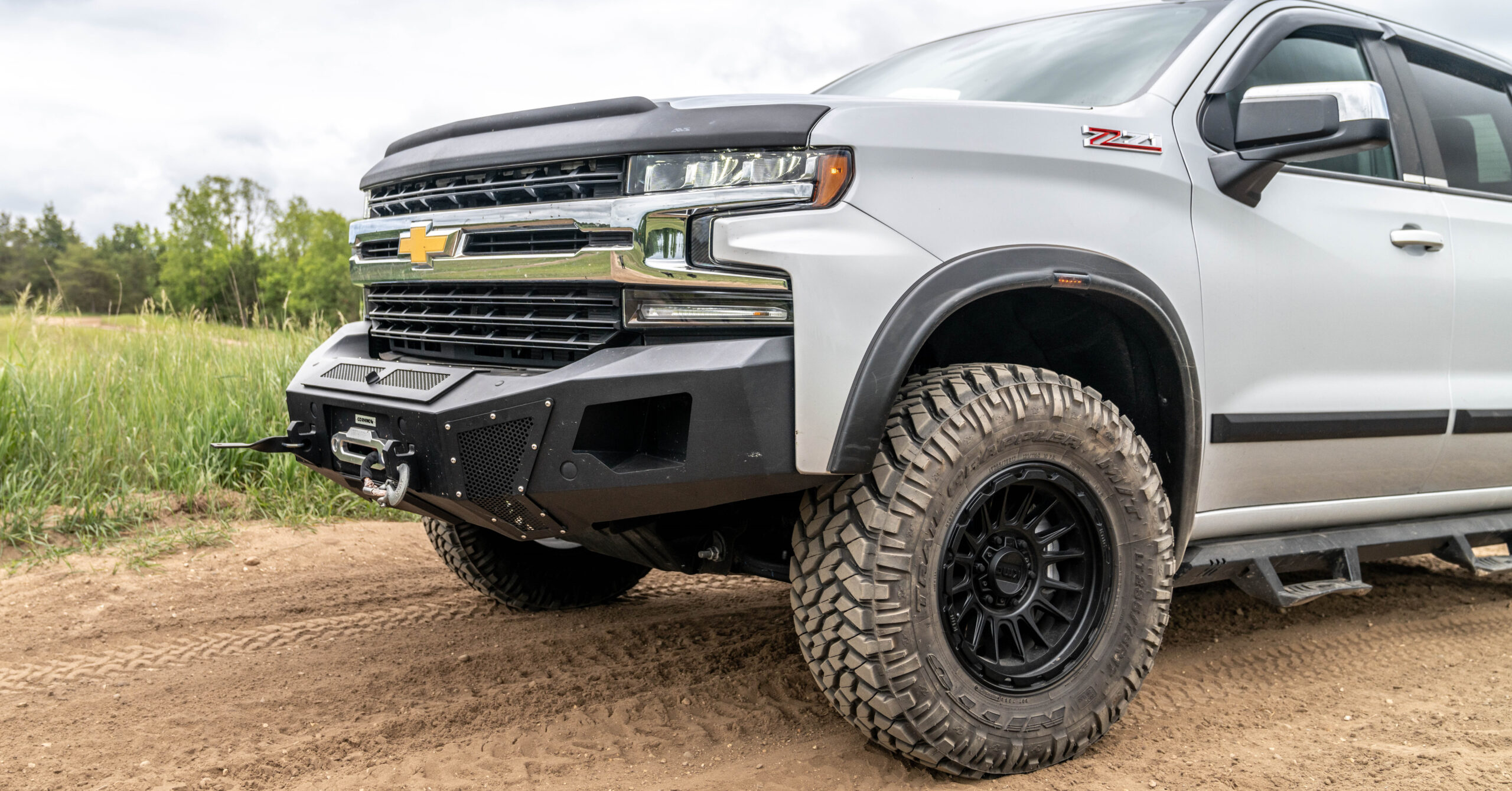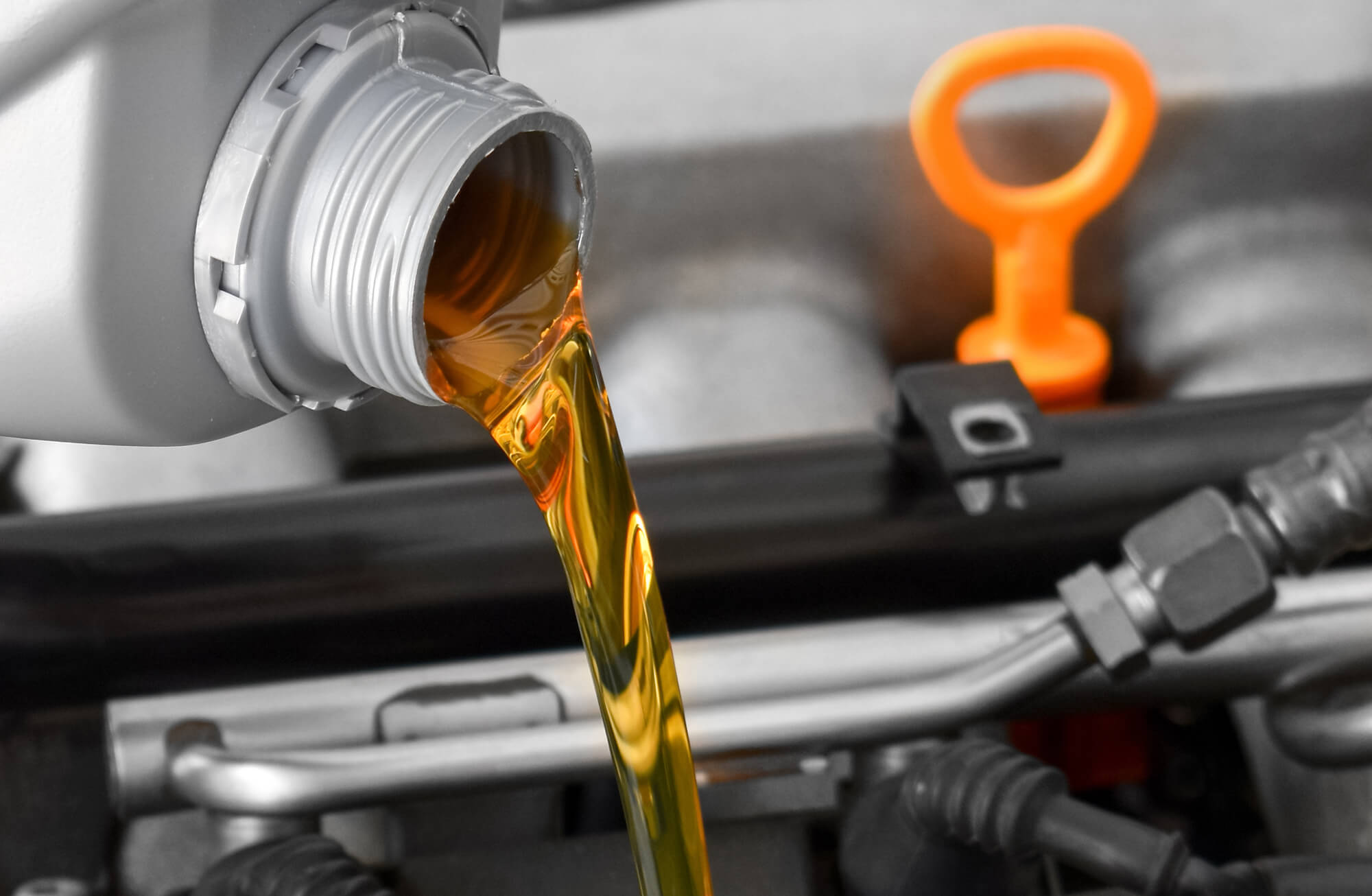You just drove your brand-new car off the lot, its paint gleaming under the sunlight. Then, mere days later, a rogue pebble flung from a passing truck leaves a tiny but infuriating chip on the hood. Or maybe after a few months, you start noticing fine swirl marks from regular washes. It’s frustrating, isn’t it? That’s where Paint Protection Film (PPF) comes in.
PPF is a transparent, ultra-thin, yet durable layer applied over a vehicle’s paint to shield it from damage. Designed to withstand everyday hazards like rock chips, scratches, bug splatter, and UV exposure, PPF has gained popularity among car enthusiasts and owners looking to maintain their vehicle’s flawless finish.
But is it really worth the investment? In this article, we’ll dive deep into what PPF is, how it works, and its advantages and drawbacks. By the end, you’ll have a clearer idea of whether this protective measure is right for your vehicle—and your budget.
What is Paint Protection Film?
PPF is an advanced protective solution made from a urethane-based material. It is lightweight, flexible, and designed to absorb impact, preventing minor scratches and chips from reaching the car’s paint. Modern PPF has self-healing properties, meaning minor scratches can disappear with heat exposure, and it often includes UV resistance to prevent paint discoloration over time.
Types of PPF Coverage
- Full Car Wrap: Covers the entire vehicle for comprehensive protection.
- Partial Wraps: Target high-impact areas such as the front bumper, hood, and side mirrors.
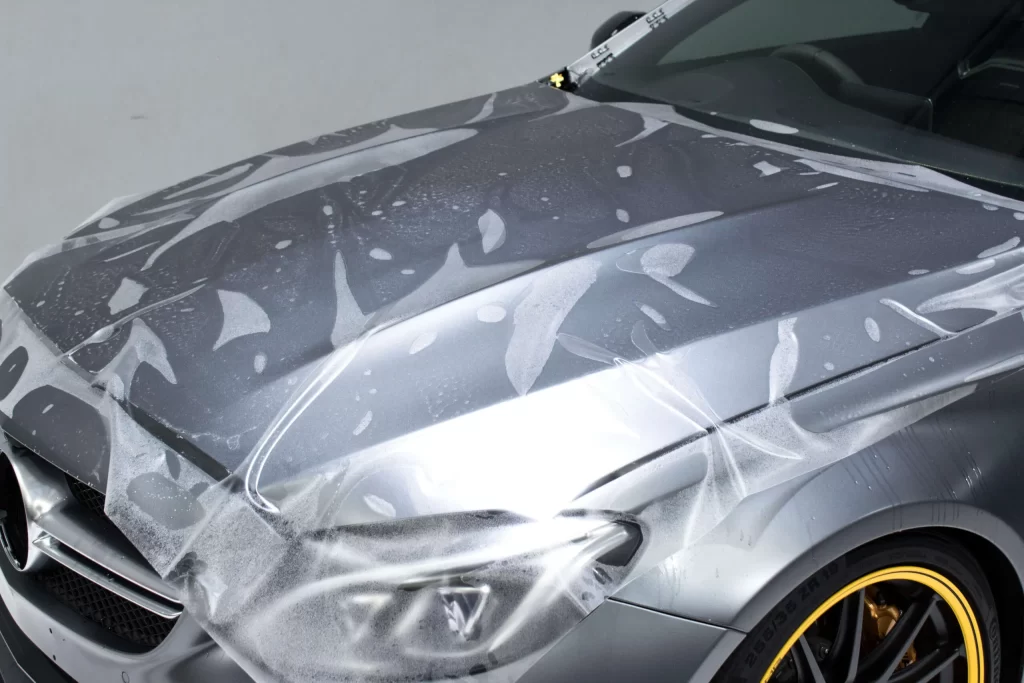
PPF Finishes
- Gloss: Enhances the vehicle’s shine and depth.
- Matte/Satin: Provides a sleek, modern look while maintaining protection.
PPF vs. Other Paint Protection Methods
Many people compare PPF with ceramic coatings, another popular protection method. While ceramic coatings provide hydrophobic properties that make cleaning easier, they do not offer the same level of impact resistance as PPF. Waxes and sealants, on the other hand, offer short-term protection but lack the durability of PPF.
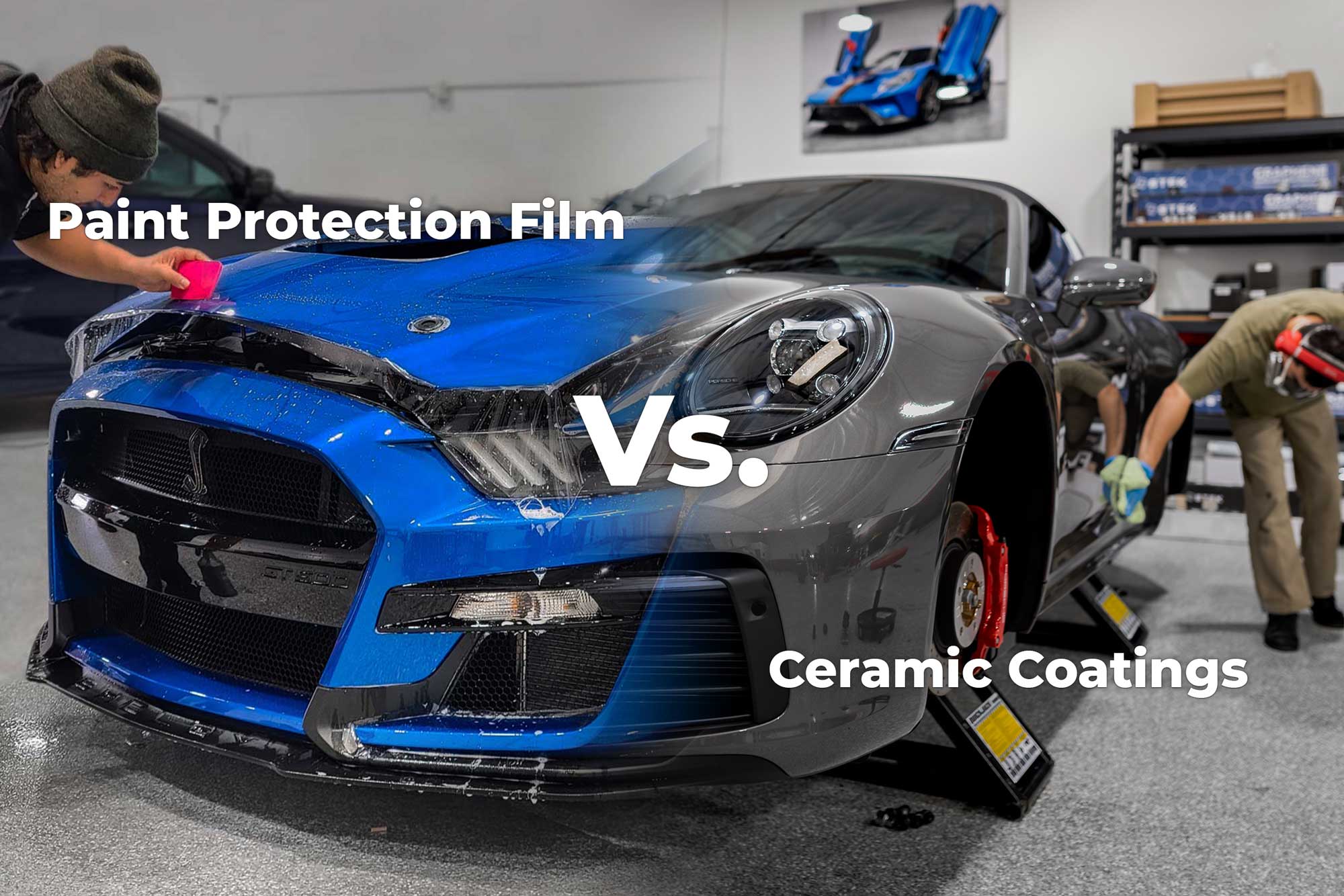
PPF’s primary advantage lies in its superior protection against physical damage. It acts as a physical barrier, significantly reducing the risk of chips, scratches, and environmental contaminants from harming the original paint. For those who want the ultimate safeguard, PPF is often considered the best choice.
The Pros of PPF
Superior Paint Protection
PPF provides an unmatched level of defense against rock chips, road debris, scratches, and other environmental hazards. Unlike waxes and sealants, which primarily enhance shine and hydrophobic properties, PPF physically absorbs impact and prevents minor abrasions from reaching the vehicle’s paint. Before-and-after comparisons of protected versus unprotected cars highlight the effectiveness of this invisible shield, ensuring long-term protection.
Self-Healing Properties
One of the standout features of modern PPF is its ability to self-heal. Minor scratches and swirl marks disappear when exposed to heat, whether from the sun, warm water, or a heat gun. This property helps maintain the car’s flawless appearance without requiring constant touch-ups or polishing.
UV Resistance
Over time, exposure to UV rays can cause a vehicle’s paint to fade and oxidize. PPF includes UV inhibitors that help block harmful rays, preserving the car’s original color and preventing premature aging of the paintwork.
Maintains Resale Value
A car with pristine, original paint is significantly more valuable than one with visible chips, scratches, and fading. PPF preserves the factory finish, making the vehicle more attractive to potential buyers and ensuring a higher resale value in the future.
Long-Term Durability
With proper care, high-quality PPF can last anywhere from 5 to 10 years. Its longevity depends on factors such as film quality, installation precision, and environmental conditions. Regular maintenance and proper washing techniques help maximize its lifespan.
Ease of Cleaning
PPF’s hydrophobic properties make cleaning and maintenance much easier. Dirt, grime, and bug splatter adhere less to the film, allowing for quick and effortless washes. Water beads off smoothly, reducing the need for frequent polishing and waxing.
Customization Options
PPF isn’t just about protection; it also offers aesthetic flexibility. Matte and satin finishes can give a car a unique look, while some owners even opt to wrap over PPF for further personalization. This versatility makes it a popular choice for enthusiasts looking to enhance both protection and style.
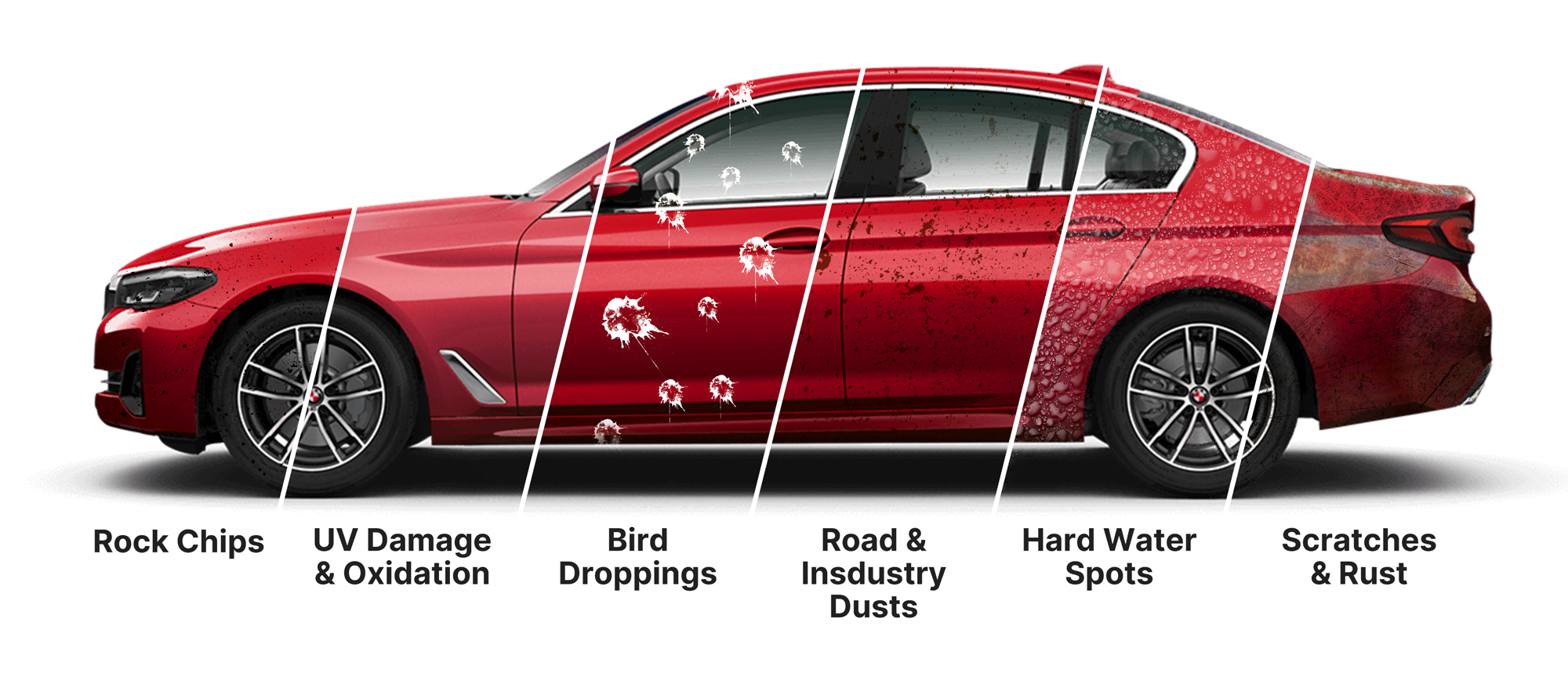
The Cons of PPF
Cost
One of the biggest drawbacks of PPF is its cost. A full-car PPF application can range from $2,000 to $7,000 or more, depending on factors like the vehicle’s size, the quality of the film, and the installer’s expertise. Partial PPF applications, such as protecting just the front bumper and hood, are more affordable, typically costing between $800 and $2,500. While the investment is substantial, many owners consider it worthwhile for long-term paint preservation.
Installation Complexity
PPF installation requires precision and expertise. Poorly applied film can result in bubbles, creases, and peeling edges. Professional installers ensure a seamless application, but the process is time-intensive, often taking anywhere from a few hours to multiple days depending on the coverage area.
Maintenance
While PPF is relatively low-maintenance, it still requires proper care. Harsh chemicals and abrasive cleaning methods can damage the film, reducing its longevity. Regular washing with gentle soaps and occasional application of a protective sealant help keep the film in top condition.
Removal
Though PPF can be removed, improper removal techniques may damage the underlying paint. Professional removal is recommended to avoid issues like adhesive residue or lifting clear coat layers. The cost of removal varies but typically ranges from $300 to $1,000.
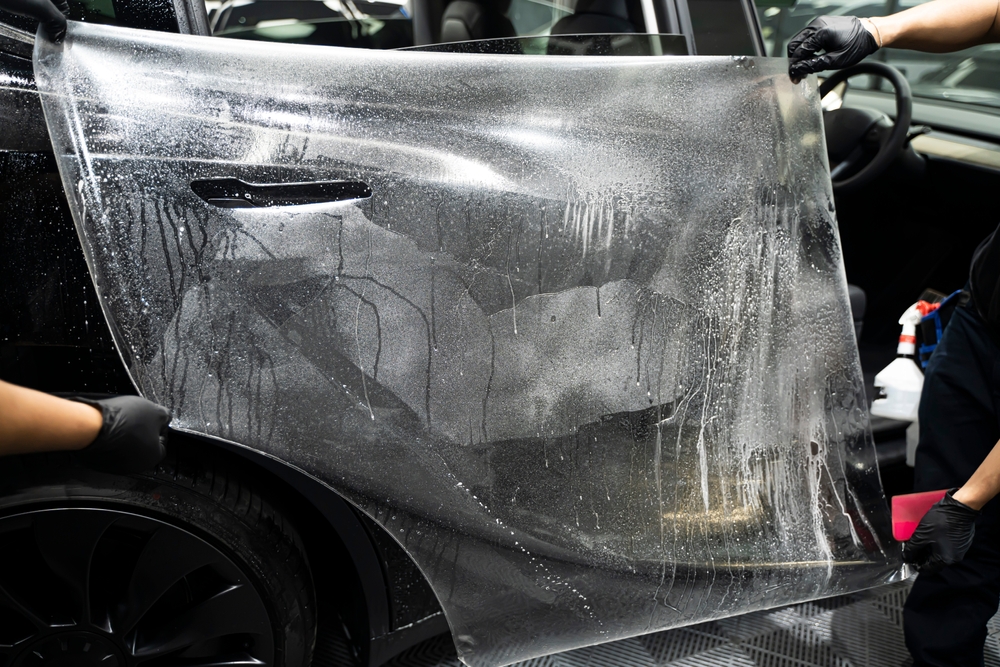
Not a 100% Guarantee
While PPF provides excellent protection, it is not invincible. Severe impacts, deep scratches, or sharp debris can still penetrate the film and affect the paint beneath. It’s important to have realistic expectations regarding its protective capabilities.
Orange Peel Effect (Potential)
Some PPF films, particularly lower-quality options, may exhibit an orange peel texture, slightly distorting the vehicle’s finish. High-quality PPF brands minimize this effect, but it remains a consideration for those seeking a perfect, glass-like appearance.
Application of PPF
Professional installation is crucial to ensuring the effectiveness of Paint Protection Film. The process involves multiple steps, including cleaning, prepping, applying, trimming, and curing, all of which require skill and precision. An experienced installer minimizes risks such as bubbles, creases, and misalignment, ensuring a flawless finish.
While some DIY PPF kits are available, attempting to apply the film without professional expertise can lead to costly mistakes. Improper installation can result in bubbles, peeling edges, and uneven coverage. To achieve the best protection and aesthetics, professional application is highly recommended.
Choosing a Reputable Installer
Selecting a qualified installer is essential for the longevity and performance of PPF. Consider the following when choosing an installer:
- Check online reviews and customer testimonials.
- Ask for before-and-after photos of previous work.
- Inquire about warranties and guarantees.
- Verify their experience and training with different PPF brands.
The Installation Process (Step-by-Step Overview)
- Preparation: The car is thoroughly washed and decontaminated to remove any dirt or residue.
- Film Cutting: Using specialized software or manual trimming, the PPF is cut to match the vehicle’s panels.
- Application: The film is carefully positioned and applied using a solution to allow proper alignment.
- Squeegeeing: Air bubbles and excess liquid are removed to ensure a seamless finish.
- Trimming & Curing: The film is trimmed for precision, and the adhesive fully bonds to the paint over a few days.
Aftercare Instructions
- Wait 48 hours before washing the vehicle.
- Use pH-neutral car shampoos and avoid abrasive cleaning tools.
- Regularly inspect for any lifting or edges that need attention.
- Avoid pressure washing too close to the edges of the film.
So Is it Worth it?
Whether PPF is worth the investment depends on individual needs and priorities. Here’s a recap of its advantages and considerations:
Pros: Superior protection against road debris, self-healing properties, UV resistance, and maintaining resale value.
Cons: High initial cost, installation complexity, and the possibility of needing maintenance or removal over time.
Consider These Factors:
- How long do you plan to keep the car? If you plan to own it for many years, PPF offers long-term benefits.
- How important is the car’s appearance to you? PPF keeps the paint in pristine condition.
- What is your budget? Full wraps can be expensive, but partial applications are a more affordable alternative.
- Do you live in an area with harsh road conditions? If you frequently drive on highways or in extreme weather, PPF is highly beneficial.
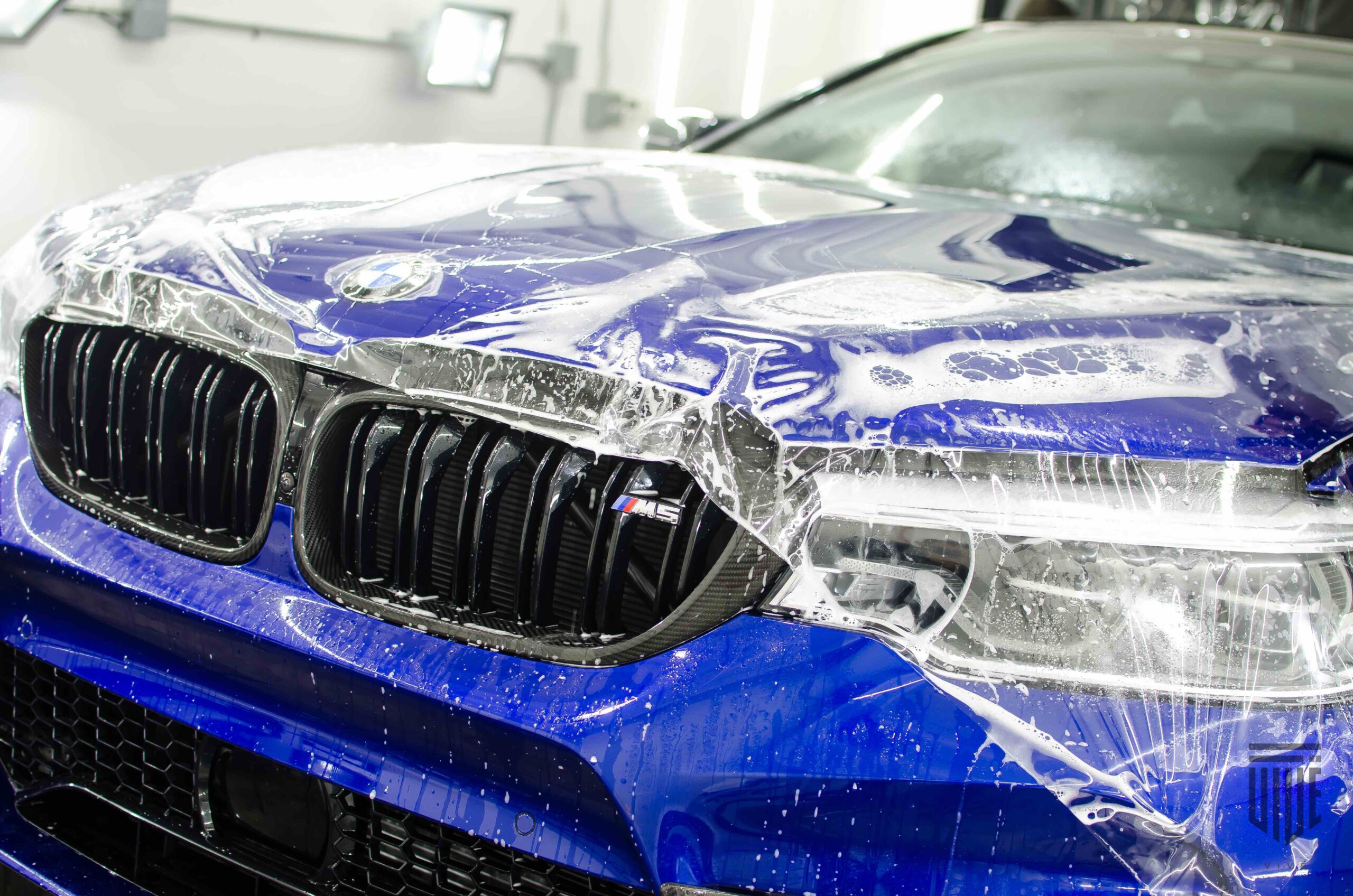
For car owners who prioritize vehicle aesthetics, longevity, and protection, PPF is a valuable investment. Those with budget constraints may consider alternative options like ceramic coatings or partial PPF coverage.
Conclusion
Paint Protection Film is an excellent long-term investment for preserving a vehicle’s paint against damage. While it comes with a cost, the benefits of protection, durability, and enhanced resale value make it worthwhile for many car owners. Choosing a reputable installer and following proper aftercare can maximize the film’s longevity and effectiveness.
Before making a decision, research your options, assess your needs, and consult with experienced professionals to determine if PPF is the right choice for you.
